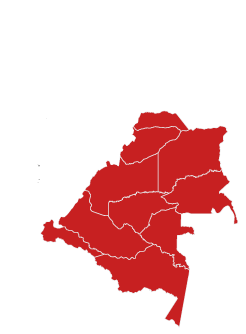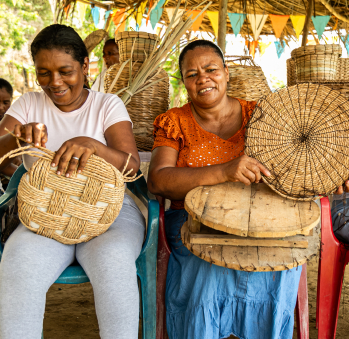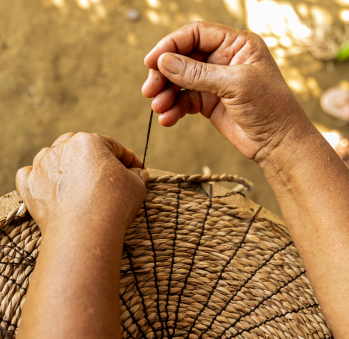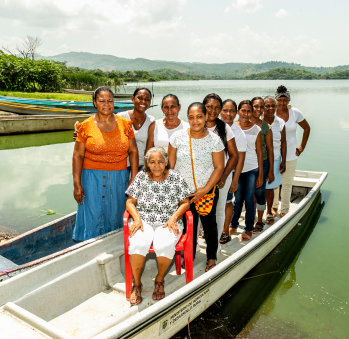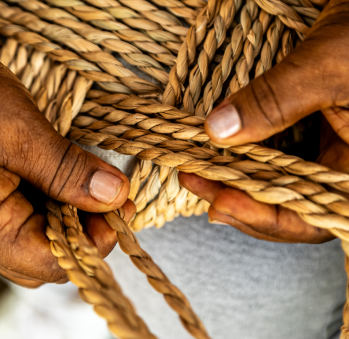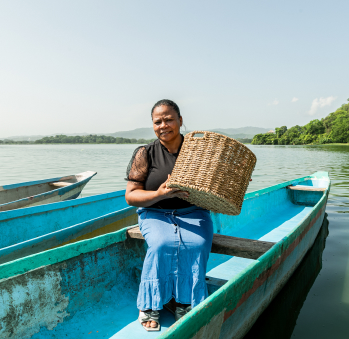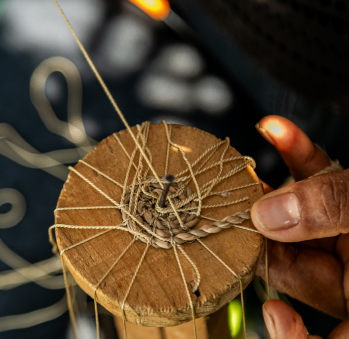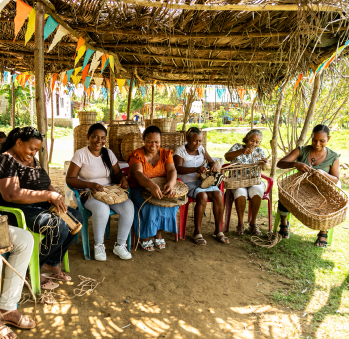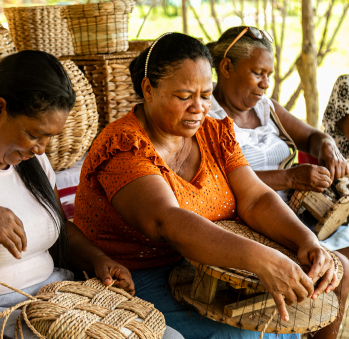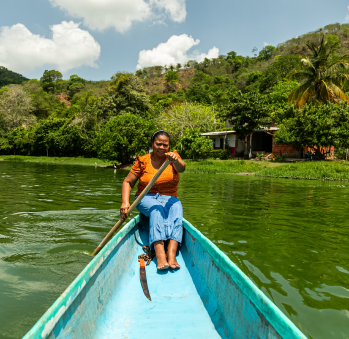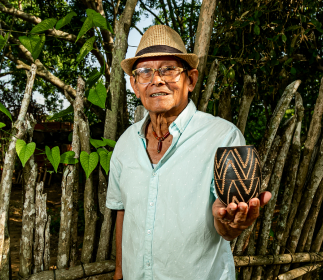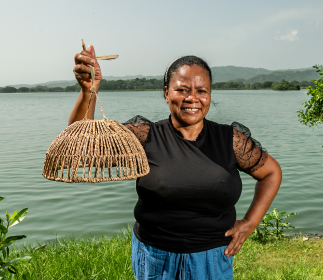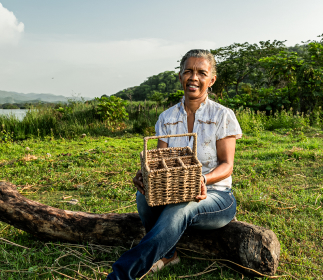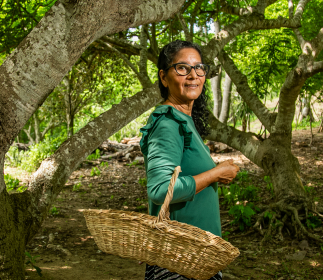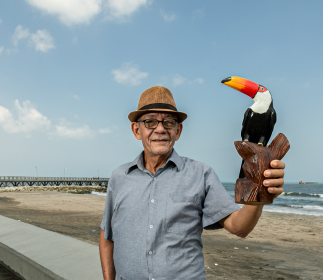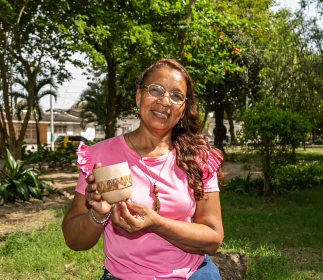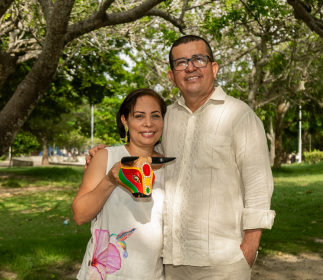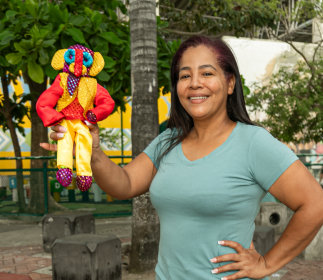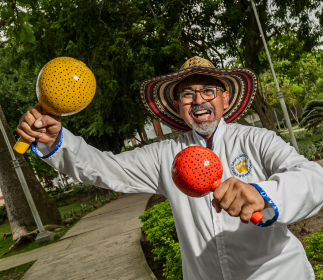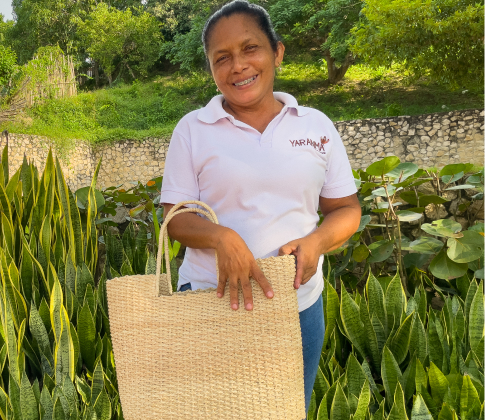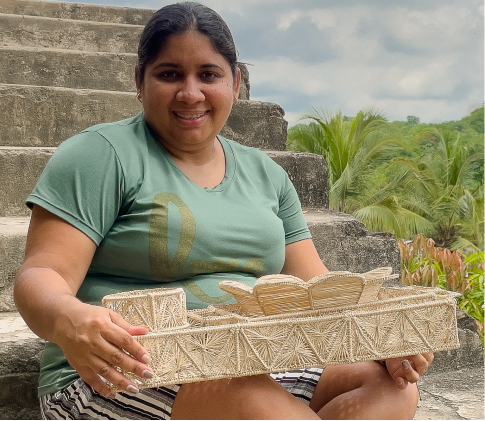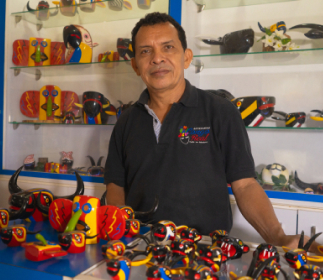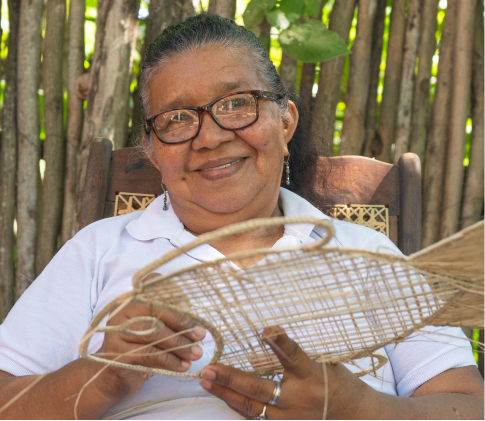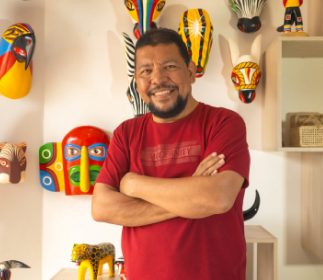Gloria Martínez Silvera
Workshop: Enea viva
Craft: Cestería
Trail: Atlantico Route
Location: Luruaco, Atlántico
The Tocagua lagoon is teeming with life. In its verdant freshwater, which clears up when it rains, swim morrocoyas, bocachicos, cachamas, and gallitos, while herons arrive at its islands to sleep at dusk. Along its shores grows a plant that, besides serving as a hiding place for fish and a home for crickets, has served as material for several generations of artisans: the enea palm. Like many in the town, Gloria Martínez learned to use it. All it took was to approach the lagoon to cut and collect this aquatic plant similar to reed, which dried for eight days and was sorted to make that essential item in her town, the mats—lightweight and cool mattresses to sleep on in the heat of the coast. Gloria recounts how she learned to tie them from childhood, knotting the enea strips successively to complete the mats, studying in the mornings and knotting in the afternoons to afford her snacks and school notebooks. It was her mother who taught her to sell them in Cartagena. They would leave on Fridays with bundles of ten mats tied to their heads and return on Sundays after offering and selling them through the city streets. They also made mats for the animals with the reed, so similar to the enea. To make the most of the material, they made rolls of male reed and wrapped them with female reed. The female plant, due to its softness, would protect the donkeys and mules from the roughness of the male plant, which could cut their backs. Thus, she made a life for herself dedicated to the artisanal trade.
Innovation came years later; they took workshops where they learned different tying techniques: braiding, which they already practiced with their hair but had not tried with the enea, coiling, and rolling. They also learned to weave on metal structures after having exclusively used wood, never metal, to make, for example, the bed bases on which they laid their mats. The metal bases served them to make baskets of all sizes, so beautiful and popular that to this day they are Gloria’s main product. The mats, therefore, became custom made products, without losing their quality, as they remained soft and comfortable. Regardless of what she does, Gloria knows that the trick is to treat the enea with care, to soften it with her hands as if pampering it so that it does not bend or break, to keep it as upright as when freshly harvested from the water.
In addition to providing them with enea, the Tocagua Lagoon provides them with fish. Both Gloria and her husband are fishermen. She, in addition to belonging to an association of artisans, belongs to the Women Fishermen’s Association. It was her grandmother who taught her to cook, starting with rice, which she learnt to wash and care for as delicately as the enea leaves, to put it in the pot, taste the salt, and add the water and oil. Then came the fish, which she still prepares according to her grandmother’s tradition: with coconut, fried, stewed, and “en viuda”. When you visit her, be sure to book lunch with her association and, if you go in early November, attend the Fish Festival and accompany each dish with a typical egg arepa.
Craft
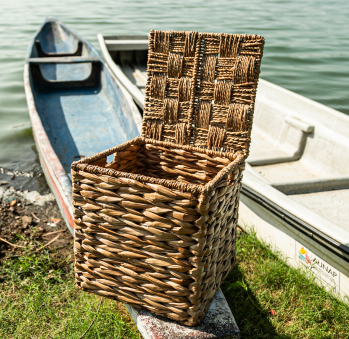
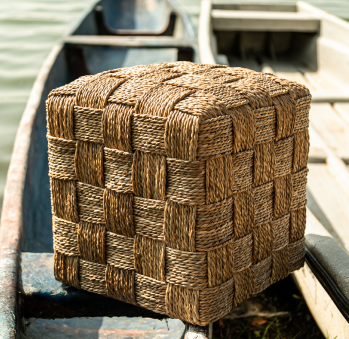
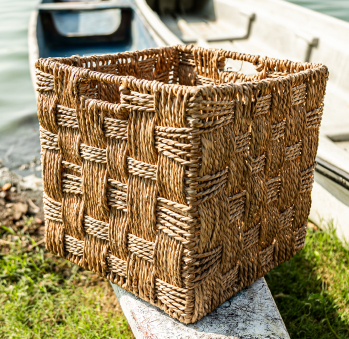
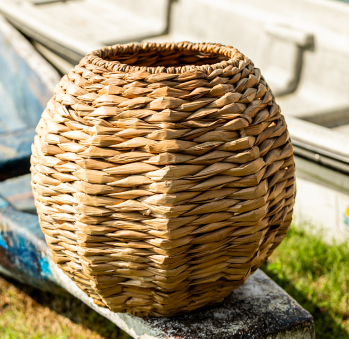
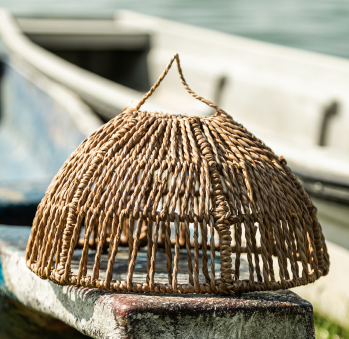
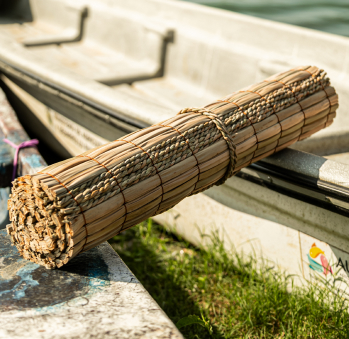
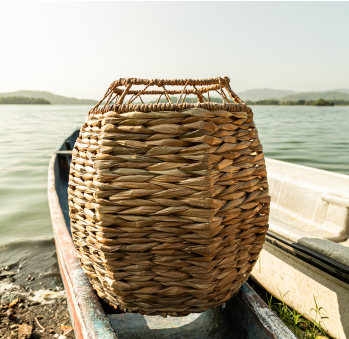
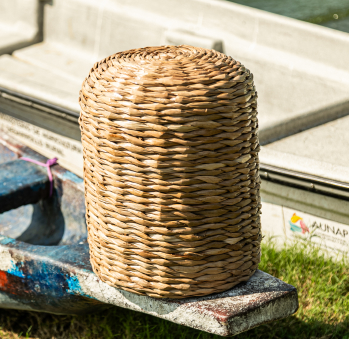








Artisans along the way
Artisans along the way
No puede copiar contenido de esta página

